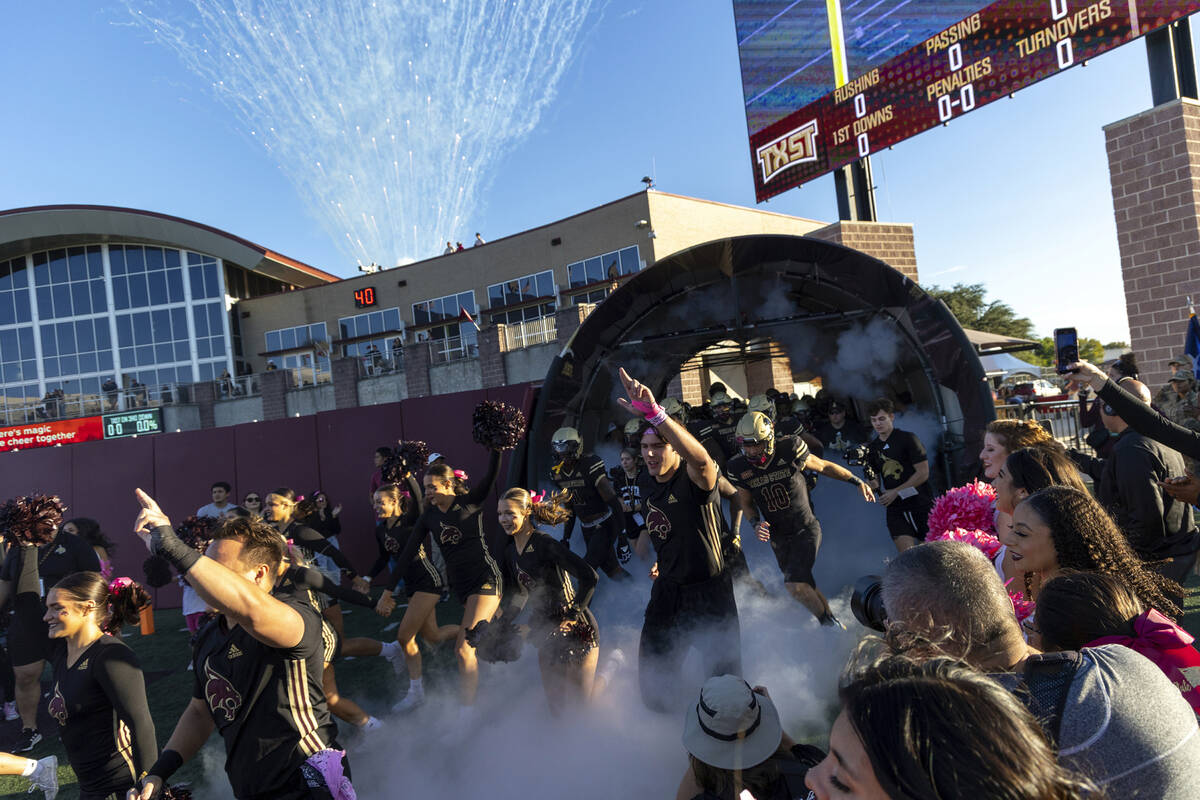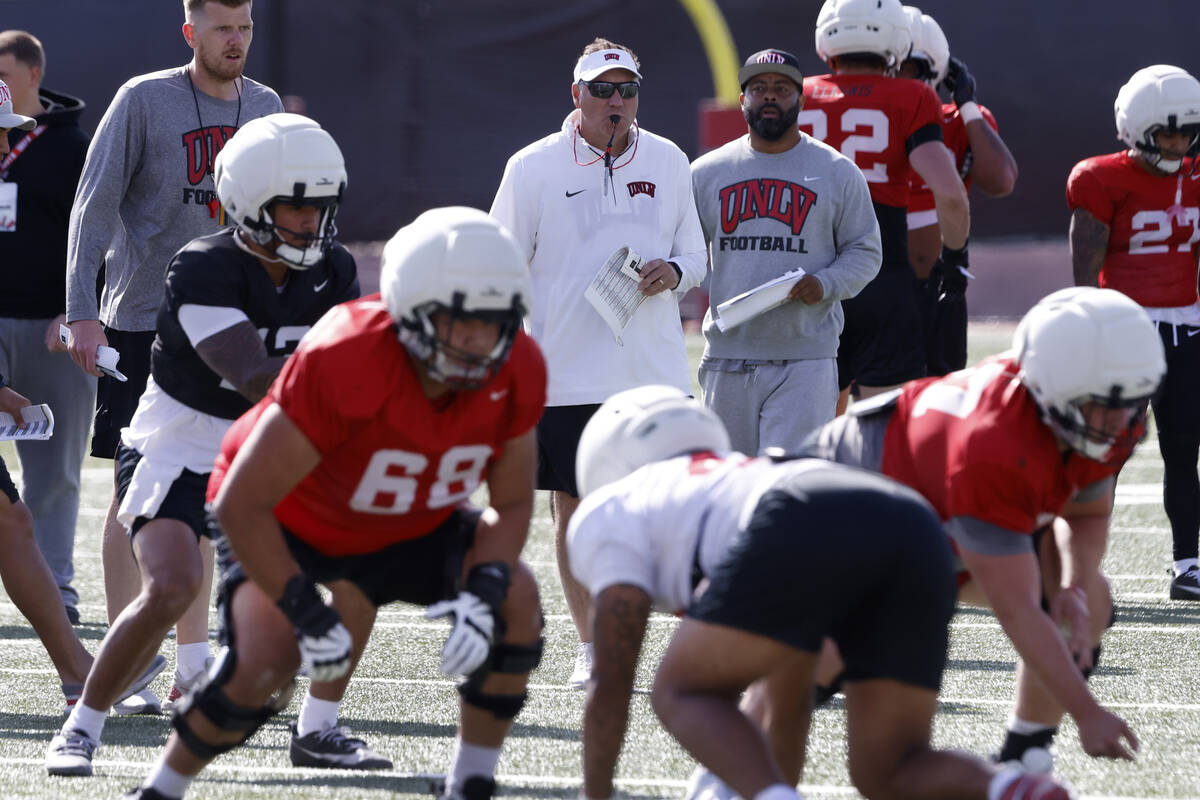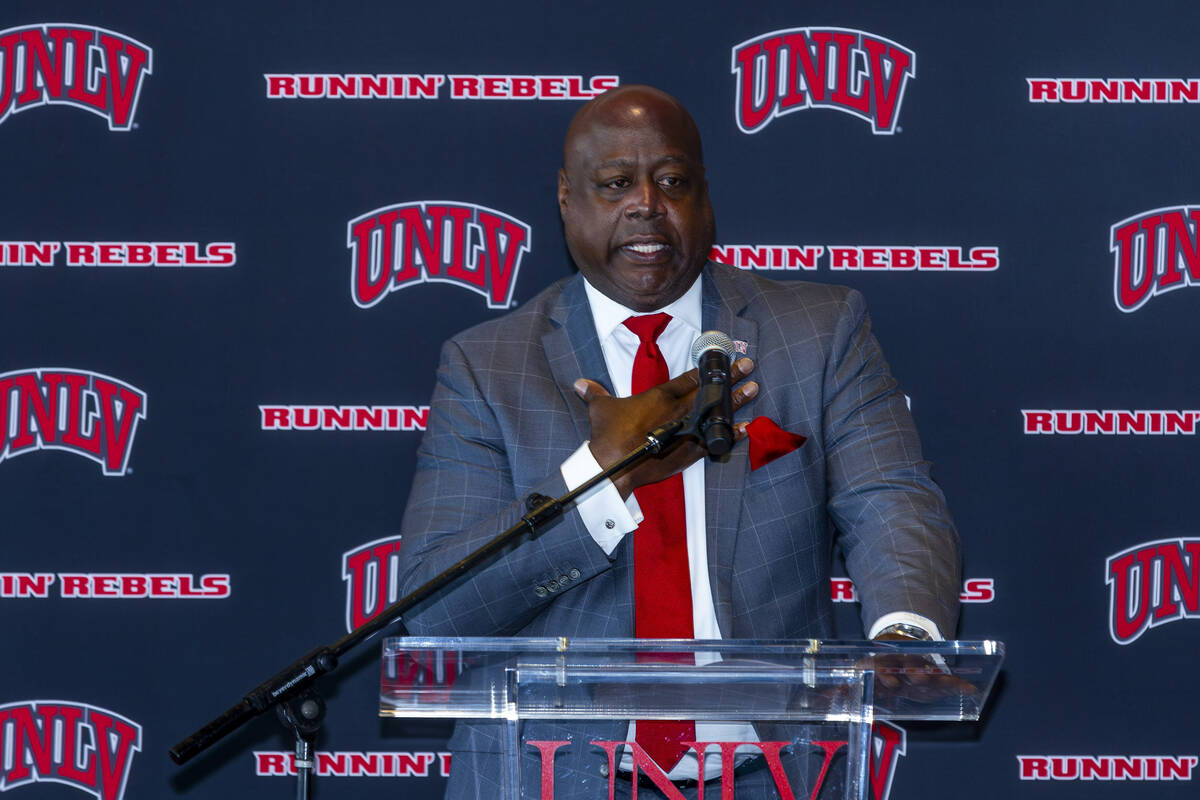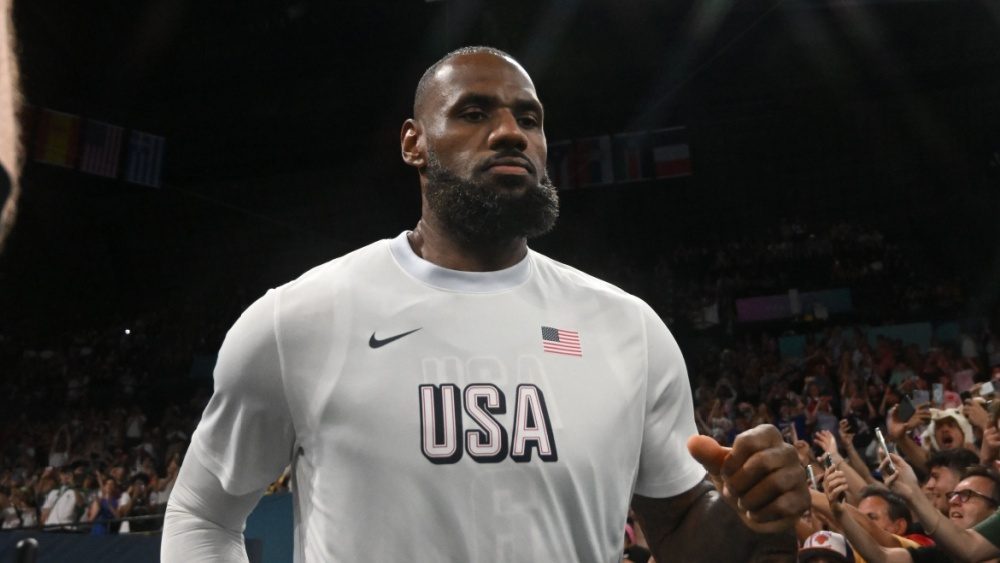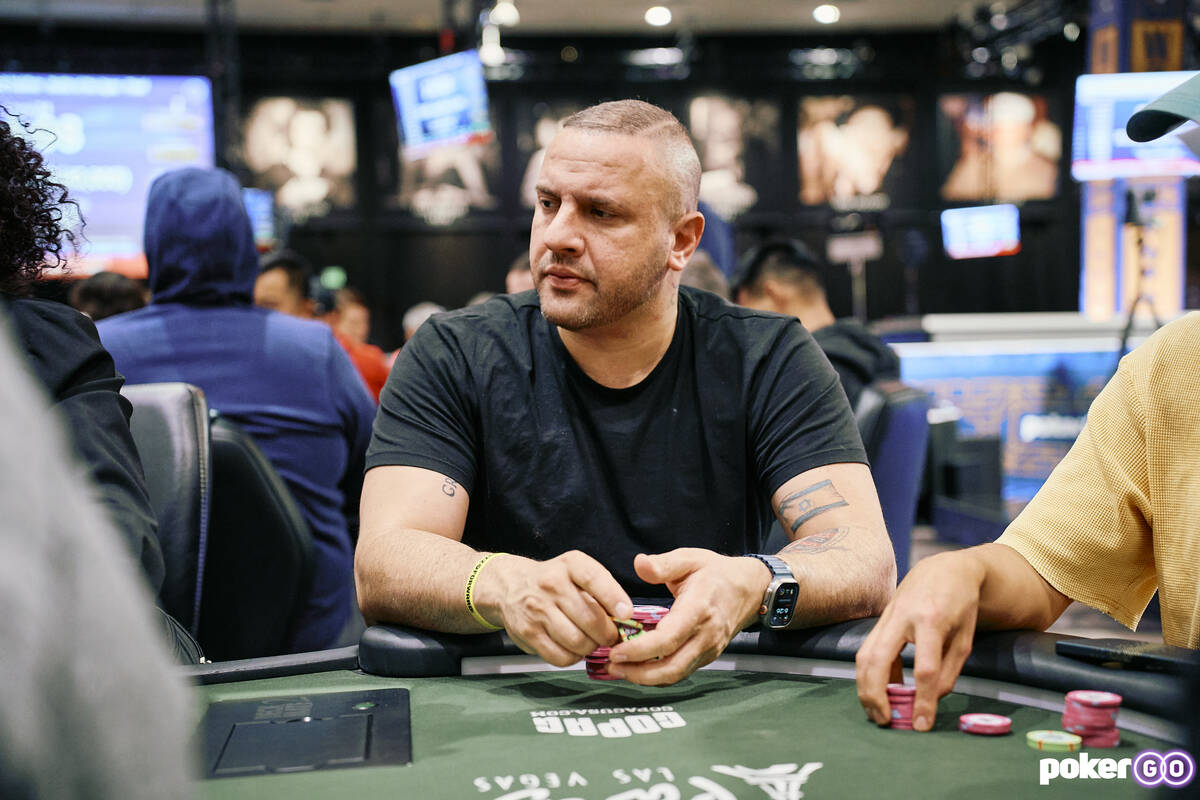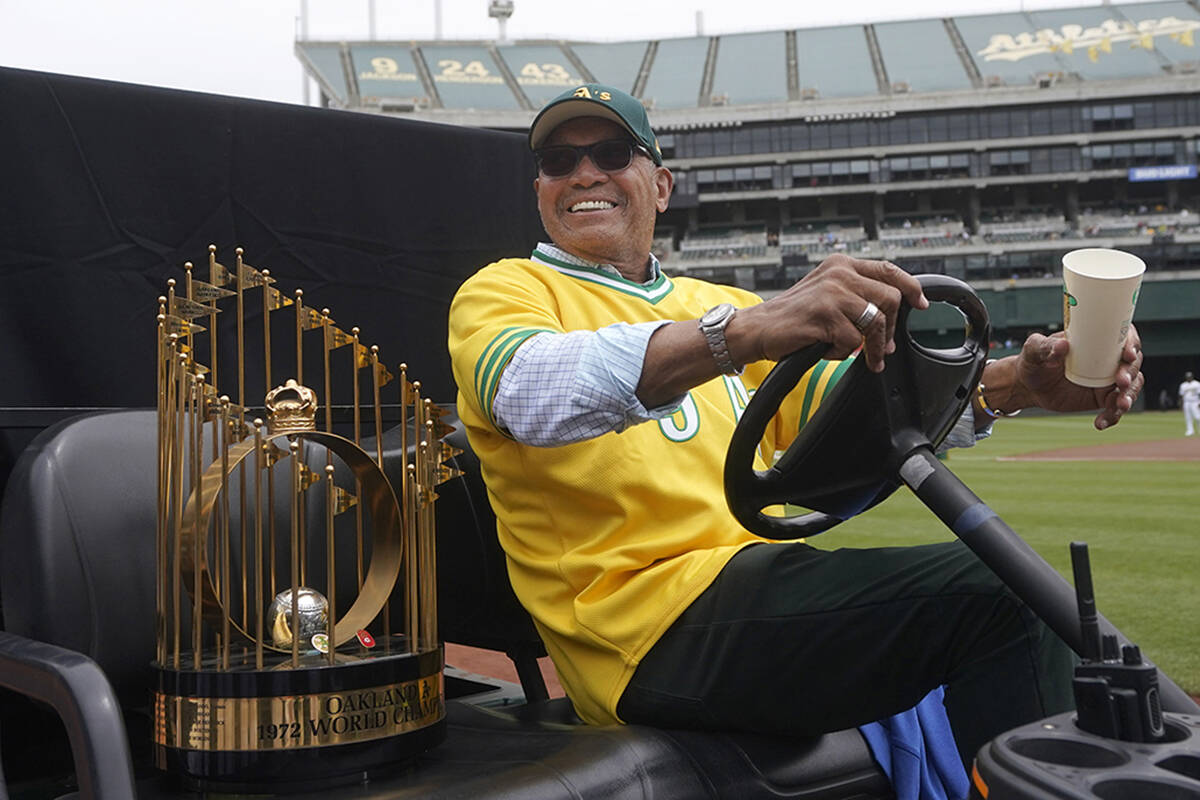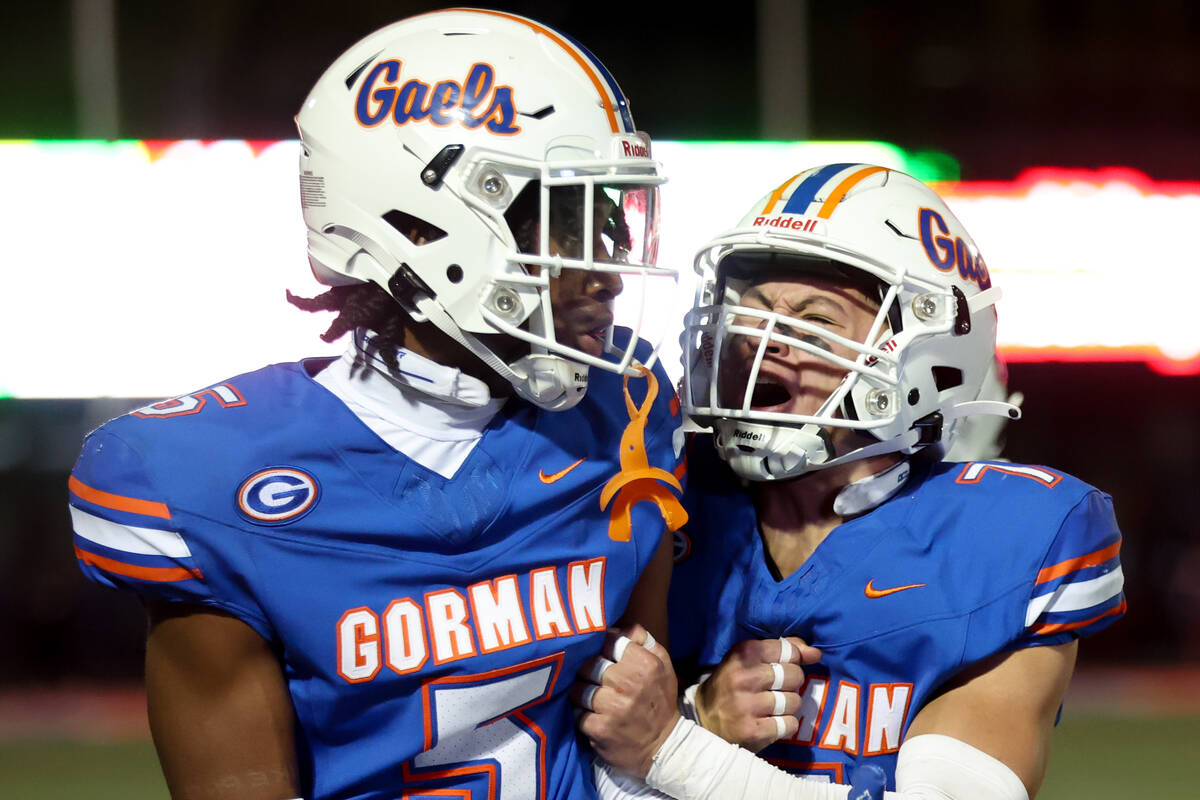Judge Claudia Wilken has finally made her ruling, and with one stroke of the pen potentially changed college sports forever.
The 75-year-old, a senior judge with the U.S. District Court for the Northern District of California, approved the terms of a settlement in the so-called House vs. NCAA case that will have far-reaching impact on how student-athletes are compensated.
It was a settlement agreement that had been pending before her for nearly a year, and programs around the country made preparations for how they would implement the new guidelines without knowing for sure they would ever go into effect.
Now it’s time to move forward.
Here is a look at some frequently asked questions about what the settlement means:
What was the original suit that led to the settlement?
The historic agreement that is widely referred to as House vs. NCAA is actually the settlement of three separate lawsuits that essentially claim the NCAA systematically violated antitrust regulations by restricting compensation to athletes.
The House case, filed in 2020 in the Northern District of California, involved Arizona State swimmer Grant House and TCU basketball player Sedona Prince, who claimed damages from the NCAA and affiliated conferences that were restricting the rights of athletes to share in broadcast revenue.
Hubbard vs. NCAA is a class action suit filed by Oklahoma State running back Chuba Hubbard, now of the Carolina Panthers, and former Oregon and Auburn track athlete Keira McCarrell. It sought to recover damages on behalf of athletes who had been denied education-related Alston award benefits that should have been available to them as a result of the Supreme Court decision in NCAA vs. Alston.
Prince was also part of Carter vs. NCAA, which was filed in 2023. That case also included former Duke and current Buffalo Bills defensive tackle DeWayne Carter and Stanford soccer player Nya Harrison and essentially challenged the very notion of collegiate sports being an amateur endeavor and sought to put an end to the NCAA’s prohibition on compensation to athletes.
What did the parties agree to in the settlement?
The parties came together in May 2024 and agreed to a settlement of all three cases that called for back payment of $2.78 billion for athletes who competed in sports between 2016 and 2024.
It also attempted to put together the framework of a compensation model moving forward.
So, everything is fixed?
Oh, if only it were that simple. A great number of lawsuits are expected to be filed that will challenge the settlement now that it’s confirmed.
Of course, there will also be Title IX challenges related to gender equity.
That could potentially throw a wrench into implementation of any substantive changes should any of them reach a point of forcing an injunction.
As far as the NCAA is concerned, it’s operating as if payments to athletes can begin on July 1. That may only be temporary, however, depending on how all these other issues play out.
There are also other suits pending from former athletes, including some high-profile names, who don’t believe this settlement went far enough. That led to more than 350 athletes who could have collected on this case to opt out of the settlement.
Then there is the matter of some conferences or individual schools potentially opting out of the settlement.
A decision by a school to opt out would exempt the institution from sharing in the responsibility for the settlement payment and exempt them from the new rules, meaning it may be more difficult to attract athletes who would prefer signing with a program that will pay them.
UNLV has announced its intention to opt in.
Schools in the Power Four will almost certainly opt in, and most have already announced an intention to do so, though there was some question about Tennessee after a new state law appeared to put its status in doubt. SEC commissioner Greg Sankey recently announced all 16 schools in the league would opt in and had agreed to amend any state laws that could contradict the agreement.
But other states have already passed their own laws, and there will certainly be questions about whether state law supersedes NCAA regulations.
So, yeah, this is still far from over. But that shouldn’t take away from the fact it was a massive step.
OK, so what are the major tenets of the agreement that will be implemented?
The NCAA announced a series of changes to its rulebook that are now set to take effect with the approval of the settlement.
That included the elimination of more than 150 rules on the books as the entire system is overhauled.
Some of the major updates include:
— Direct payments: Even though compensation has been allowed to student-athletes over the past several years, schools could not directly pay players. That will change, though there will be what amounts to a salary cap put in place.
Athletic departments will now be allowed to distribute up to $20.5 million per year starting in 2025-26, a number that is derived from 22 percent of the average power conference athletics revenue, and will escalate over the course of the 10-year deal. One court filing included a projection that the cap will increase by about $1 million per year.
That money is in addition to scholarship money that covers things like tuition, housing and monthly stipends.
— Roster limits: This was the biggest holdup to approval of the settlement and its most controversial aspect. The current system calls for limits on scholarships in each sport, but that is set to change as the focus shifts to a cap on the number of roster spots for each sport.
For example, football will go from a cap of 85 scholarships to a limit of 105 players on the roster, with no cap on scholarships. Softball limits programs to 12 scholarships to split among the team. Now, the cap will be 25 players on the roster but no limit on scholarships.
While that is great news for the non-scholarship players who are going to be on the roster, it will probably eliminate the opportunity for some aspiring athletes who may have previously been walk-on candidates. A big shift is likely in how programs manage scholarships.
Wilken’s stated issue with this aspect of the settlement was that many programs around the country have already made roster adjustments in anticipation of the settlement, and she requested an amendment that guaranteed no current student-athletes would be harmed by the new rules.
The parties did amend the wording to allow schools to grandfather in existing players, but did not require it. It’s not an ideal solution, but it was always going to be a difficult gap to bridge because some players had moved on to other opportunities or may not even want to return after being trimmed from the roster in anticipation of the settlement.
Wilken’s ruling tried to carve out special considerations for those athletes.
“The parties modified the (agreement) to provide that settlement class members whose roster spots were taken away or would have been taken away because of the immediate implementation will be exempt from roster limits at any Division I school for the duration of their college athletics careers,” the order stated. “This means that the class members in question will not count toward any school’s roster limit for the remainder of their Division I athletic eligibility.”
According to the ruling, the parties also agreed to making good-faith efforts to identify student-athletes who were on a 2024-25 roster or recruited for a 2025-26 roster who were removed or would have been removed from the roster due to the implementation of the limits stated in the settlement.
The roster limit exemptions for those players will extend to any other institution they attend for the extent of their eligibility. The order also prohibits the NCAA from blocking any transfer back to a student’s original school who departed because of the roster limit implementation.
— NIL reform: Athletes will still be able to enter into name, image and likeness deals with third parties above and beyond what they receive from their institution, but there will finally be some oversight on those contracts.
The accounting firm Deloitte has been tasked with creating an independent clearinghouse to review and approve any payments of more than $600 to ensure they are legitimate deals based on fair-market value and not strictly pay-for-play arrangements.
— Back pay: The nearly $2.8 billion set aside in the settlement to pay athletes who competed between 2016 and 2024 will be 60 percent paid out by the NCAA and 40 percent from the schools that opt in to the pact. The majority of money from the institutions will be paid off by way of a reduction in revenue payouts from the NCAA for events such as the men’s and women’s basketball tournaments over the next 10 years.
There is some question as to how the money will be divided, but the overwhelming majority is expected to go to football and basketball players, similar to the expected breakdown of payouts to current and future athletes.
Some individual athletes in Olympic sports are expected to get substantial payouts based on unfulfilled earning potential while they were competing and barred from cashing in on their name, image and likeness.
How does this all affect UNLV?
UNLV has a unique role in the narrative about NIL reform because of the situation involving Matthew Sluka, the team’s starting quarterback who left the program after three games last season amid an NIL dispute and triggered national discourse over the system.
The school has declared its intention to opt in to the agreement. That will likely mean the school is on the hook for more than $5 million for its share of back pay over the next 10 years.
It also means the school can begin sharing revenue with student-athletes as soon as next month.
While the cap is set at $20.5 million in distribution payments, the total amount distributed to athletes by the school isn’t expected to approach that number.
The exact amounts have not been disclosed and could be affected by ongoing mediation over compensation from schools that have departed for the Pac-12.
Still, the football and men’s basketball programs are expected to dole out payments at a level that is near the top of the Mountain West.
There could also be immediate ramifications as a result of the roster limit issue.
Coach Dan Mullen recently told the Review-Journal the program had lost several walk-ons that may have otherwise remained with the team had it not been preparing for the implementation of roster limits.
Mullen said those players could return if the settlement is amended to allow them to be a part of the program without counting against the limit, which is now official.
“We’re waiting for the ruling,” he said. “I (told them), ‘You’re welcome to stay if they’re allowed to be part of the program. You’re all welcome to stay.’
“If you want to go explore, you’re not going to lose your roster spot, in my mind — if you do go to the portal. Most of our guys in the portal are walk-on guys that know they have the spot here. They just want to see what the opportunity is for them elsewhere depending on how the case ends up and then how the settlement ends up.”
Now they have some answers.
Contact Adam Hill at ahill@reviewjournal.com. Follow @AdamHillLVRJ on X.


